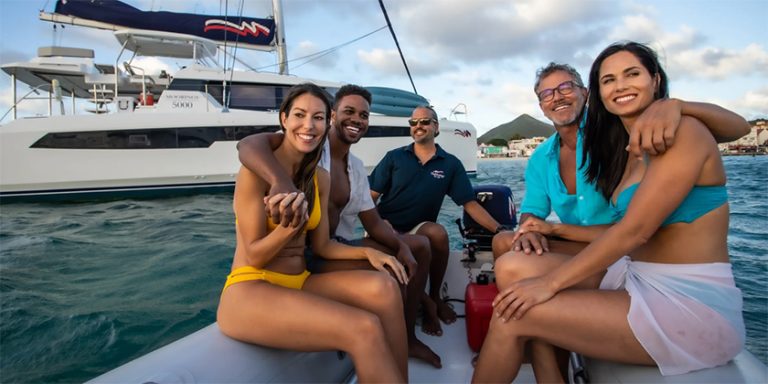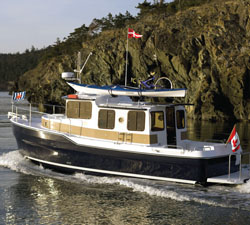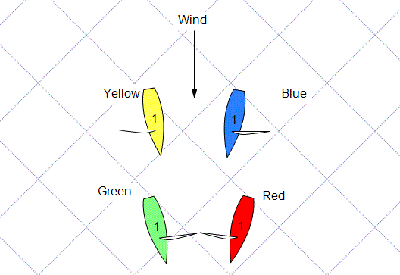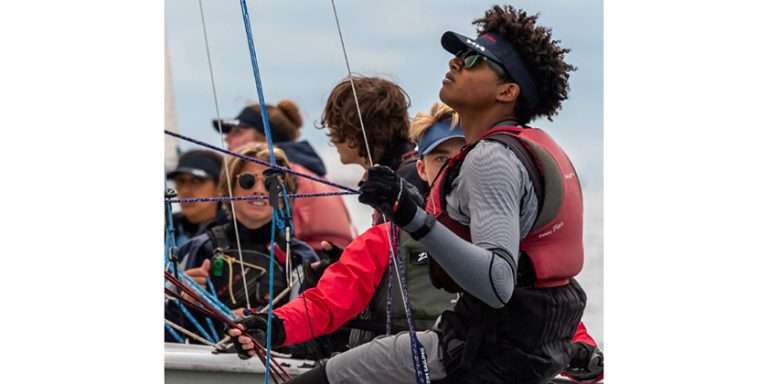The Boat Nerd: Using Electronic Visual Distress Signals in Place of Pyrotechnic Distress Signals
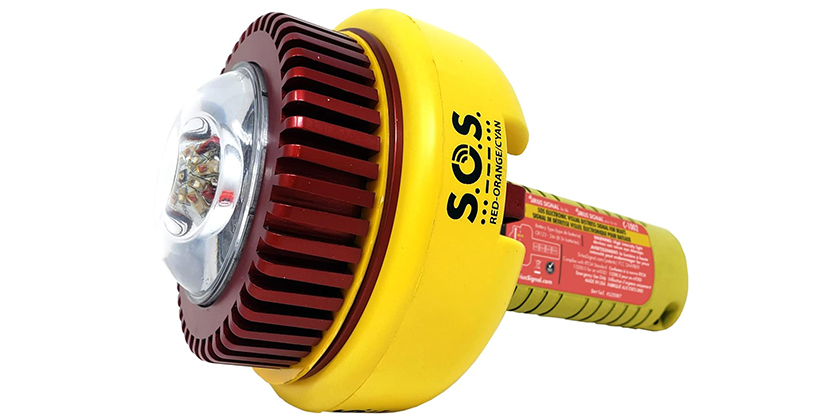
Dec 21, 2023
As a pleasure boater with a vessel that is over 6m in length and operating over a mile from shore I am required to carry distress signaling devices. For years this has been satisfied by pyrotechnic flares. These flares are only certified for four years from date of manufacture and are difficult to dispose of, never mind that flare nights when we once could safely practice the use of these devices in a non-emergency situation have gone the way of the passenger pigeon.
I was updating my current flare compliment spreadsheet to determine what flares I should purchase this year when I thought I would check to see what current requirement for my vessel is. I recalled hearing that having a two way means of communication such as a cell phone or VHF may allow you to carry only half the normal compliment of expensive and hard to dispose of flares, I wanted to confirm this.
I discovered was that that while this was true as of May 2018, as of November 9 2021, Transport Canada has also approved the use of electronic Visual Distress Signal Device (eVDSD). They must be coupled with an Transport Canada approved smoke flare for daytime signaling, but present an alternative to carrying type A (parachute) ,B (twin star) and C (handheld) pyrotechnic flares on a pleasure craft.
Key points to be aware of:
- This option is only available to pleasure craft.
- The eVDSD is not visible during daylight hours so an approved smoke flare must be carried for signaling during daylight emergencies.
- These new eVDSD devices are allowed under Radio Technical Commission for Maritime Services (RTCM) standard 13200.0. Any device must be tested and certified to this standard by an approved certification body or the US Coast Guard. Devices must be labelled with the fact that they comply with standard 13200.0 and if they are not so labelled, they cannot be used in place of pyrotechnic devices.
- eVDSD are an addition to distress signaling devices. Pyrotechnic flares continue to be available and certified for this purpose.
Devices that meet the standard will have the following characteristics:
- two colour cyan and re-orange SOS light sequence
- Also, near Infrared for detection be rescue personnel with night vision googles
- An operating temperature range of -1 to +30C and a storage temperature range of -20 to +55C.
- Must operate for a minimum of two hours once activated.
Searching for Transport Canada approved devices leads me to believe that currently there may only be one, Sirius Signal C-1002 two colour distress light. (If you know of other certified signaling devices please let me know.)
The cost of the C-1002 is approximately C$419 and is available from several mail order chandleries as well as Amazon. When stacked up against current cost of renewing pyrotechnic flares every 4 years and the increasing difficulty and environmental cost of their disposal, this becomes a a very interesting option. Practicing with this device, in an area not visible to others or likely to cause a rescue dispatch, is much easier than with pyrotechnic flares which are illegal to discharge except in an emergency situation.
As with any safety device make an informed decision concerning what devices to carry on your vessel dependent on where you will be boating and who are the expected emergency response organizations. In addition to lighted and pyrotechnic flares there are Emergency Position Indicating Radio Beacons (EPIRB) and Personal Locator Beacons (PLB) that may assist summoning rescue personnel in the event of an emergency. Keep any emergency signaling devices to hand where they are easily accessed in the sudden event of an emergency. Read the instruction for any electronic device with respect maintenance and periodic testing.
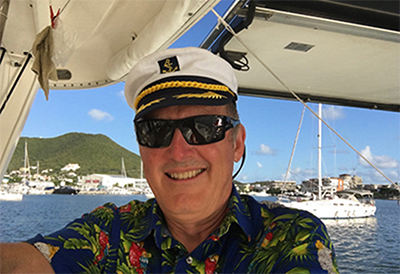
CYOB’s Boat Nerd, Mike Wheatstone, has enjoyed sailing since he was in his mid teens. A Queen’s electrical engineer by training, he spent his career working for Ontario Hydro and Hydro One. There he worked in engineering supporting the power system control centres.
His first boat in 1980 was a Shark. With a growing family’s 2-foot-itis, there were upgrades to a Grampian 26, CS34 and currently a Hunter36. Now retired, Mike and his family spend summers on the Hunter (Dragonfyre) and winters in the Caribbean on their Leopard 43 cat (Peregrine).

